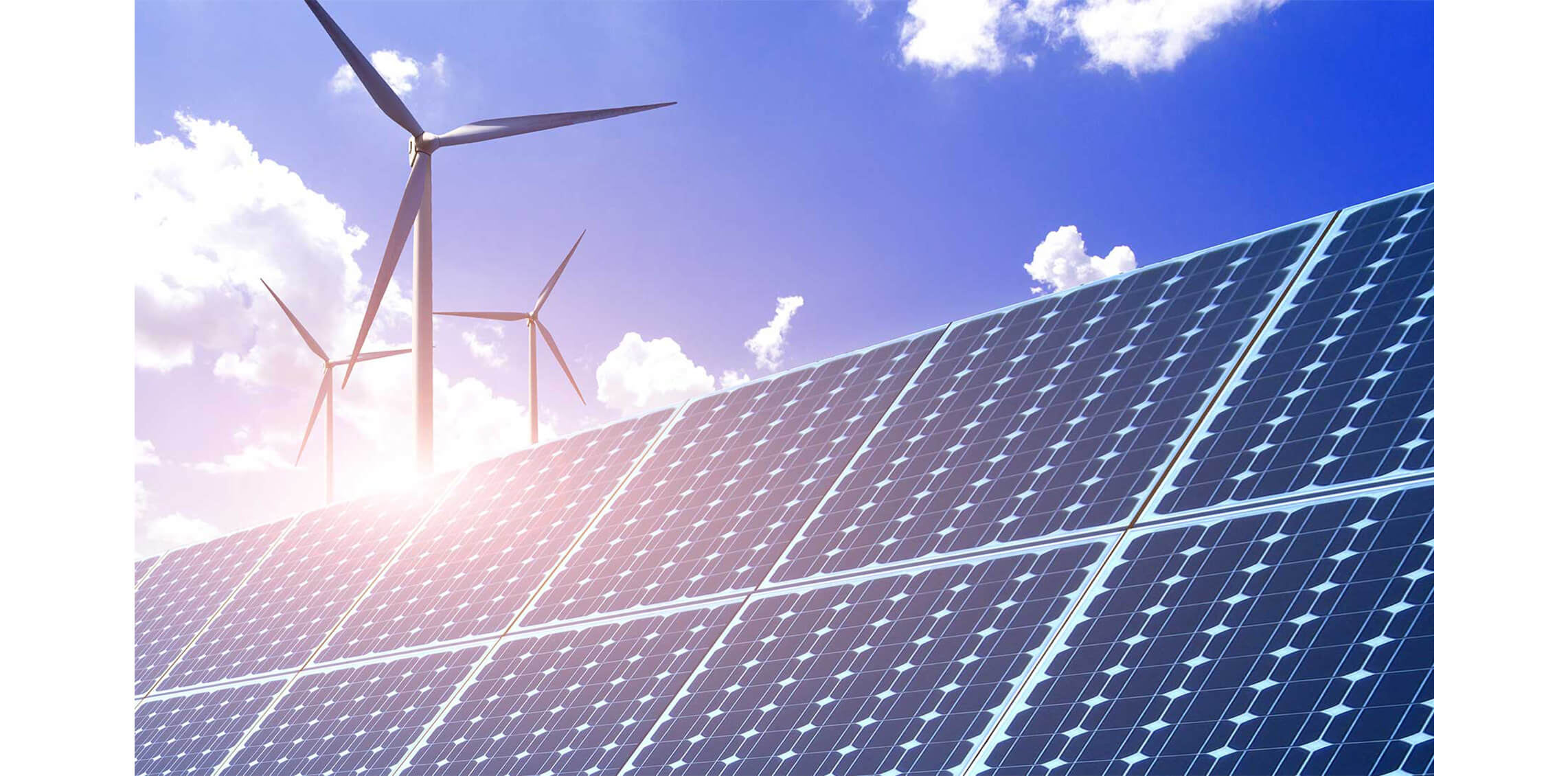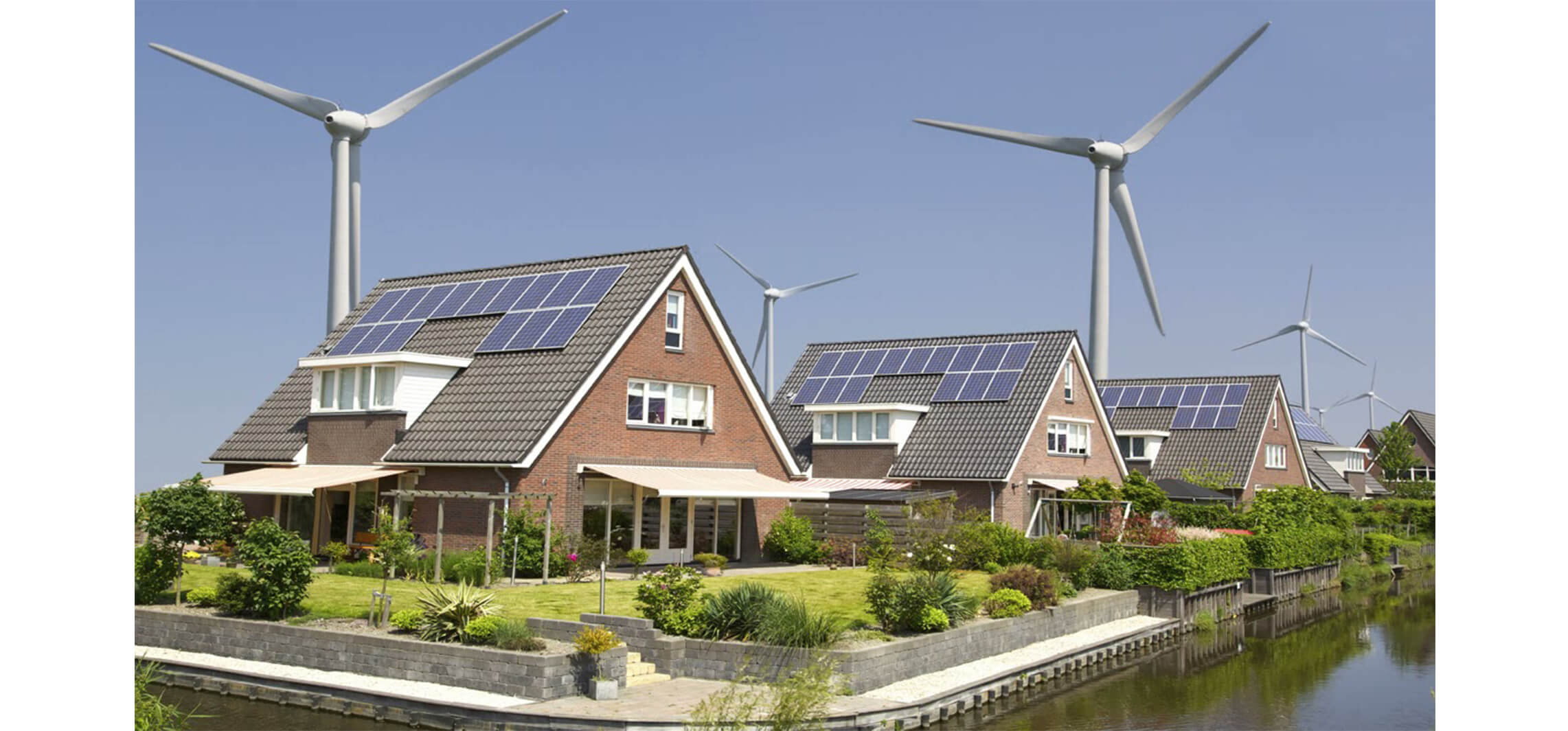
- Overview of Wind and Solar Power Systems
Wind and solar power systems are two of the most popular sources of renewable energy that are rapidly gaining popularity around the world. Wind turbines are installed in areas with strong and consistent wind currents, such as coastal regions or high altitudes, and use the energy from the wind to generate electricity. Solar power systems, on the other hand, use solar panels to capture sunlight and convert it into electricity. These two systems work in different ways, but both are highly sustainable and offer a reliable source of power that is significantly cleaner than traditional fossil fuel sources.
Wind turbines consist of large, rotating blades that are connected to a generator that produces electricity as the blades turn. The energy from the wind causes the blades to rotate, and this rotational energy is transferred to the generator. The power output of a wind turbine is dependent on the wind speed, with higher wind speeds resulting in more electricity being generated. Similarly, solar power systems consist of photovoltaic cells that convert sunlight into electricity. When sunlight hits these cells, electrons are released and generate an electric current. The more sunlight that hits the cells, the more electricity is produced.
Both wind and solar power systems are highly scalable and can be used in a variety of settings, from large-scale commercial operations to individual homes. They offer a sustainable and cost-effective alternative to traditional energy sources, reducing reliance on fossil fuels and lowering carbon emissions. As technology advances, these systems are becoming more efficient and cost-effective, making them an increasingly popular choice for those looking to reduce their environmental impact and save on energy costs.

- Complementary Nature of Wind and Solar Power
Wind and solar power systems are often used in combination because of their complementary nature. Solar power is most abundant during the day when the sun is shining, while wind power is often strongest at night or during cloudy days when solar power is less effective. By using both of these systems together, the peaks and valleys in energy production can be smoothed out, resulting in a more stable and reliable source of renewable energy.
When combined, wind and solar power systems create a more versatile and flexible renewable energy source. On days when the sun is shining and the wind is blowing, both systems can work together to produce even more electricity than they would individually. Additionally, wind turbines can be installed on the same land as solar panels, maximizing the use of available space and reducing the need for additional land.
Combining wind and solar power systems is that they can help to address the issue of intermittency, which is a common challenge for renewable energy sources. Intermittency refers to the variability of energy production, which can make it difficult to maintain a consistent energy supply. By using wind and solar power together, the likelihood of both systems experiencing low energy production at the same time is reduced, making it easier to ensure a more stable and reliable energy supply.

- Integration of Wind and Solar Power Systems
Integrating wind and solar power systems is a complex process that involves a variety of considerations, including system design, energy storage, and grid management. One of the key challenges of integrating these systems is ensuring that they can work together seamlessly to provide a reliable and consistent source of energy.
One important aspect of integrating wind and solar power systems is energy storage. Because both wind and solar power are intermittent, energy storage systems are necessary to capture and store excess energy when it is available for use during periods of low energy production. This can be done through the use of batteries, pumped hydro storage, or other energy storage technologies.
Another important consideration in integrating wind and solar power systems is the design of the system itself. Wind turbines and solar panels must be carefully positioned to optimize energy production and avoid conflicts between the two systems. Additionally, the electrical infrastructure must be designed to accommodate both wind and solar power, with inverters and other equipment used to convert the DC power produced by solar panels to AC power that can be used by the electrical grid.
Grid management is critical to the successful integration of wind and solar power systems. Because these systems are highly variable, grid operators must be able to balance energy supply and demand in real-time to ensure a stable and reliable energy supply. This may involve using advanced monitoring and control systems to adjust energy production and distribution in response to changing conditions.

- Benefits and Challenges of Complementary Wind and Solar Power Systems
Complementary wind and solar power systems have gained increasing popularity in recent years as an alternative to traditional energy sources. One of the key benefits of combining these systems is improved reliability and stability. By using both systems together, the variability of each can be smoothed out, creating a more consistent energy supply. This means that even on days when the wind is not blowing, solar panels can continue to generate electricity, and vice versa. In turn, this can help to reduce the risk of power outages and ensure a reliable energy supply.
Another significant benefit of complementary wind and solar power systems is increased energy production. When both systems are operating at full capacity, they can work together to produce more electricity than they would individually. This can be particularly advantageous during periods of high energy demand, such as hot summer days when air conditioning use is high. By maximizing energy production, complementary wind and solar power systems can help to reduce the need for additional energy sources and lower overall energy costs.
There are also several challenges associated with integrating complementary wind and solar power systems. One of the biggest challenges is intermittency. Because wind and solar power systems are dependent on weather conditions, energy production can be highly variable. To overcome this challenge, energy storage systems such as batteries or pumped hydro storage are necessary to capture and store excess energy when it is available for use during periods of low energy production. Additionally, grid management is critical to balancing energy supply and demand in real-time to ensure a stable and reliable energy supply.









